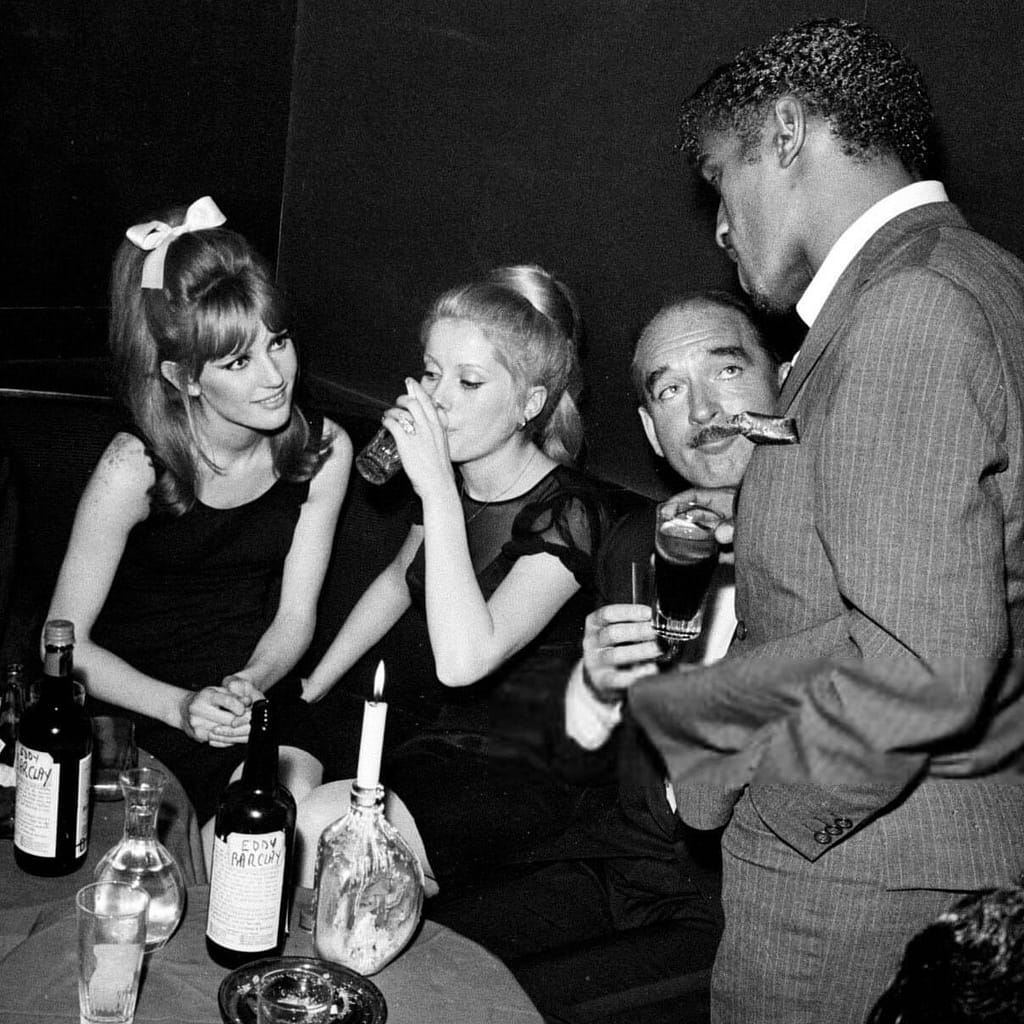While the Greeks, Romans, and Egyptians were not the last to feast in immaculate attire, the more recent phenomenon of white parties originated in the late 1970s on the shores of the Mediterranean, in Saint-Tropez, with a certain Eddie Barclay. Since then, the format devised by the “emperor of the LP” has taken off, with clubbing evenings, picnics, and dinners for individuals and companies alike.
Every year, between mid-June and the end of August, a strange festive ritual awakens: the Soirées Blanches. From Reims to Chantilly, via Paris, Nice, and Monaco, many cities hold their all-white nighttime events. But while nightclubs, gardens, castles, and private beaches all embrace this festive spirit, there is one place where it has a very special flavor.
Its name? Saint Tropez. Brigitte Bardot not only revealed this small fishing port in the Var region, beloved by Impressionist painters such as Paul Signac, Henri Matisse, and Robert Delaunay, to the general public. She also caught the eye of a famous music producer.
A descendant of Auvergnats who moved to Paris, Eddie Barclay, the son of a café waiter, ended his career on a high note, having enjoyed resounding success thanks to the importation from the United States of a revolutionary technology: the microgroove record.
An incorrigible partygoer—eight marriages in 84 years—Eddie Barclay, founder of the Barclay music label, was forced to slow down after being diagnosed with throat cancer and wanted to share his flamboyant success with his many friends. He decided to organize a new kind of party—perfectly Instagrammable before the term even existed—in his sumptuous villa overlooking the Saint Tropez golf course, built in the early 1980s: the concept of the Soirées Blanches was born.
500 guests per year
When the Nuits Blanches arrived, Eddie Barclay had just sold his eponymous record company to Polygram.

One of the most prolific talent scouts in French pop music from the 1950s to the 1970s, he set out to find a refuge on the Saint Tropez peninsula. In the 1980s, he had his residence built on a plot of land he had spotted twenty years earlier, at the end of Pampelonne beach, close to Saint-Tropez. The producer was no stranger to this small village in the Var region, having first rented a villa on the peninsula in the 1950s, first at La Capilla and then at La Forge dans les Parcs.
The Villa du Cap (Camarat), which took twenty-five years to complete, was immediately envisioned as a residence “designed to entertain, like a show or a musical,” as his eighth and last wife, Caroline Barclay, likes to recall.

Click here to read the full article on Luxus Magazine
Featured photo: © Château Bel Air


















